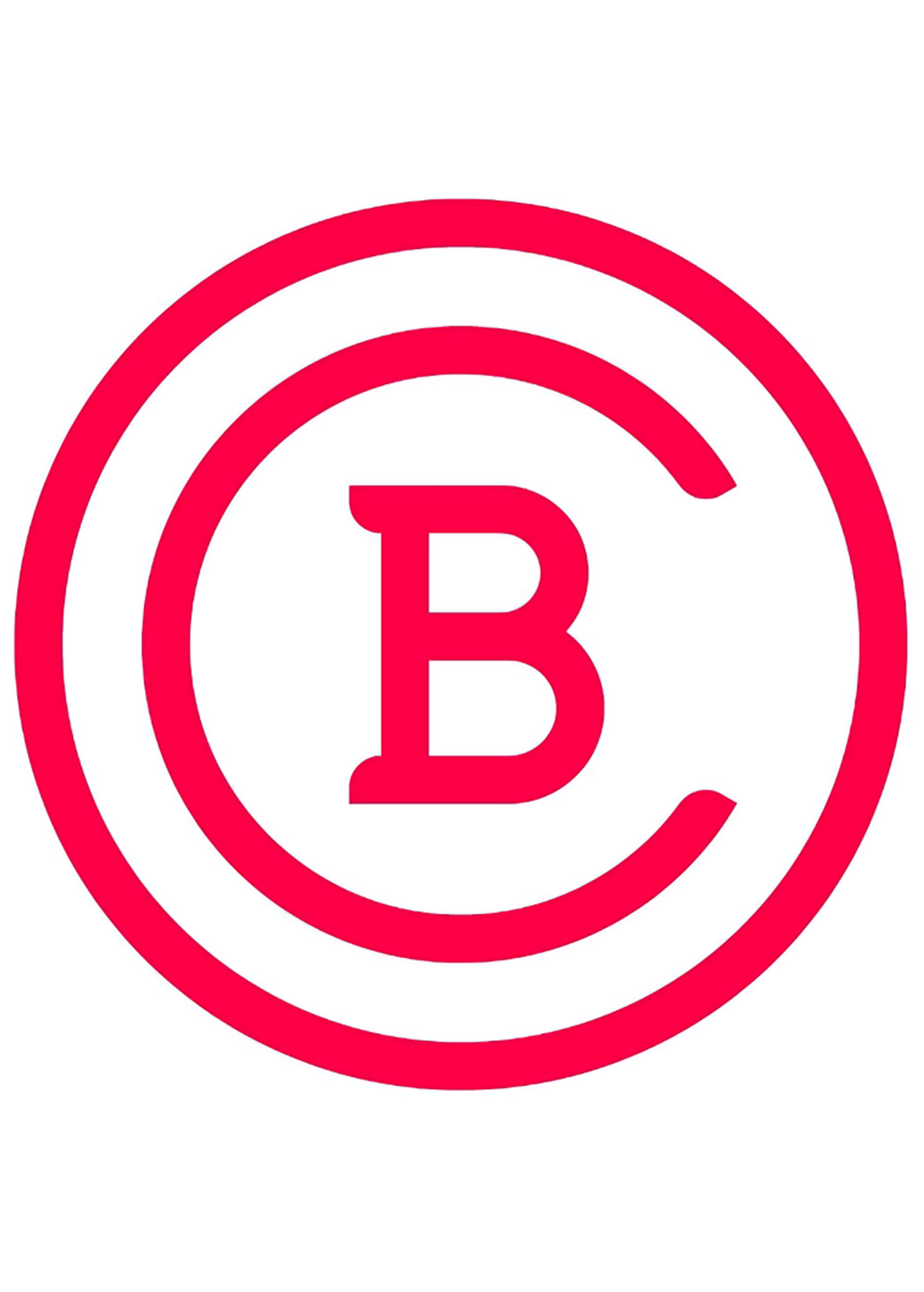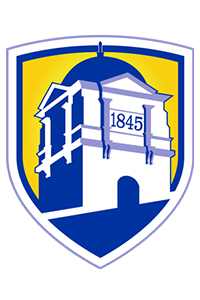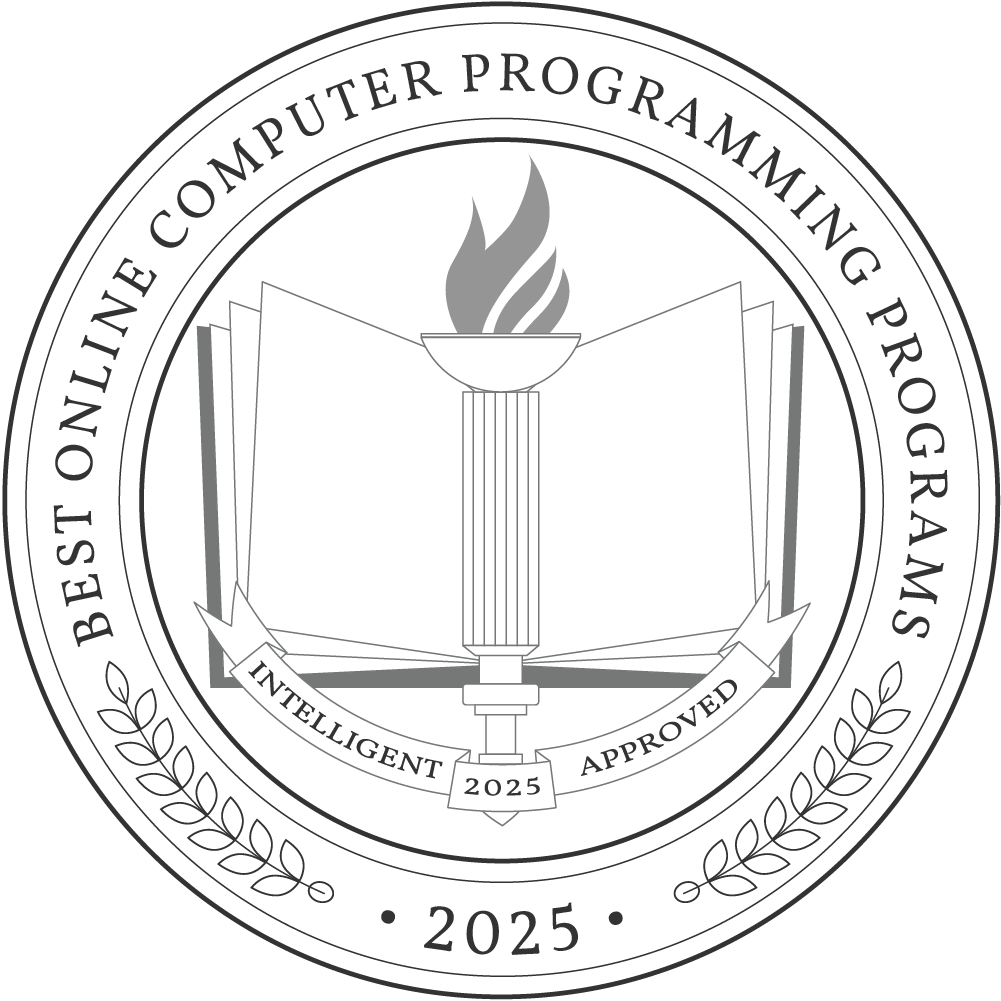Without programmers to write and test the code that makes software programs and applications function, computers would be useless. A degree in computer programming allows students to prepare for jobs in this vital area of information technology.
Demand is exceptionally high for software developers and quality assurance specialists. The Bureau of Labor Statistics (BLS) predicts that employment in these roles will grow 25% by 2032. The median annual salary for software developers is $124,200. Meanwhile, according to the BLS, computer programmers earn a median yearly salary of $97,800. The agency predicts that roughly 6,700 new jobs will be available for computer programmers annually through 2032, a decline from previous years.
Intelligent.com created this list of the best online computer programming degree programs to help students find the right program for their needs. Students can also find insight into what to expect in an online computer programming degree program, what career paths are available, and other frequently asked questions about this degree.
What Can I Expect from an Online Computer Programming Degree Program?
Post-secondary degrees in computer programming are available at different levels, influencing what students can expect in their program. The degree levels include:
| Degree level | Number of credits | Degree options | Degree Details |
| Associate | 60 | Associate of Science (AS)
Associate of Applied Science (AAS) |
— Introductory-level courses in foundational computer programming skills and concepts
— Prepares students for entry-level jobs or further study at the bachelor’s degree level |
| Bachelor’s | 120 | Bachelor of Science (BS)
Bachelor of Applied Science (BAS) |
— Introductory- to intermediate-level courses in foundational and advanced computer programming topics
— Curriculum may offer opportunities for specialization — Prepares students for entry- to mid-level jobs and master’s degree programs. |
| Master’s | 30-60 | Master of Science (MS)
Master of Business Administration (MBA) Master of Engineering (M.Eng) |
— Advanced computer programming coursework
— Typically includes requirements for a thesis or capstone project — Prepares students for high-level jobs, including management and teaching positions. |
Students enrolled in an online computer programming degree program can expect courses covering programming logic, artificial intelligence, algorithms and data science, software and app development, and programming languages such as Python, C++, Ruby, JavaScript, and SQL. Coursework is often project-based, allowing students to learn coding, developing, and troubleshooting in real-time through hands-on experience.
Students at the associate and bachelor’s levels will also have general education coursework outside their computer programming curriculum. For graduate students, their curriculum will focus more specifically on computer programming and may include requirements for a capstone project or thesis.
With computer programming degree programs, students may have the option to specialize in areas such as computer hardware programming, software coding, app development, website design, or computer and network security. Another popular choice is for students to earn a degree in computer science with a concentration in computer programming.
Students in online computer programming degree programs will learn via synchronous or asynchronous courses. Asynchronous programs are the most flexible, as there are no designated class meetings with this format. Students can access lessons and assignments via a student portal according to their own schedule.
Conversely, synchronous programs are similar to in-person programs in that they have scheduled class meetings that students must attend. This type of learning environment is well-suited for students who learn better through peer-to-peer interaction, although it lacks the flexibility of an asynchronous program.
Why Trust Us
The Intelligent.com Higher Education Team is dedicated to providing students with independent, equitable school and program rankings and well-researched resources. Our expert-driven articles cover topics related to online colleges and programs, paying for school, and career outlooks. We use data from the U.S. Department of Education’s College Scorecard, the National Center for Education Statistics, and other reputable educational and professional organizations. Our academic advisory team reviews content and verifies accuracy throughout the year for the most current information. Partnerships do not influence rankings or editorial decisions.
- Analyzed over 2,000 national, accredited, and nonprofit colleges and universities
- 800+ rankings pages are reviewed and updated yearly
- Content is informed by reputable sources, surveys, and interviews with academic advisors and other experts
- Over 100 data points are reviewed for accuracy and quality throughout the year, including sources
How we rank schools
Our list features the best online Computer Programming degree programs at top colleges nationwide. Each school featured is a nonprofit, accredited institution — either public or private — with a high standard of academic quality for post-secondary institutions.
We evaluated each school’s program on tuition costs, admission, retention and graduation rates, faculty, reputation, and the student resources provided for online students. We collected data from trusted sources like the National Center for Education Statistics, individual school and program websites, school admissions counselors, and other data sources. Then, we calculated the Intelligent Score on a scale of 0 to 100 based on the following criterion:
Academic Quality:
- Admission rate versus enrollment rate
- Retention rate of students who return after year one
- Accreditation status (regional and programmatic)
- Nonprofit status, both private and public institutions
Graduation Rate
- Overall graduation rate
- Total number of currently enrolled students, including diversity metrics
- Student-to-faculty ratio
Cost and ROI
- In-state and out-of-state per-credit tuition rates and fees
- Required credits to graduate
- Earning potential after graduation
- Availability of federal student loans, scholarships, and other financial aid options
Student Resources
- Available student services for online-only and hybrid programs
- On-campus amenities like tutoring centers and the number of libraries
Read more about our ranking methodology.
The Top 3 Online Computer Programming Degree Programs
FiltersInstitution Type
Status
- Intelligent Score
- Alphabetically By University Name
- Acceptance Rate
- Enrollment
- In-state Graduate Tuition
- Out-of-state Graduate Tuition
- In-state Undergraduate Tuition
- Out-of-state Undergraduate Tuition

Baker College
Intelligent Score: 99.92In-state: $9,960
Out-of-state: $9,960
In-state: $12,510
Out-of-state: $12,510
SAT: N/A
ACT: N/A
$450
Online
Higher Learning Commission
120

Limestone University
Intelligent Score: 95.99In-state: $41,055
Out-of-state: $41,055
In-state: $45,700
Out-of-state: $45,700
SAT: 980-1160
ACT: 19-25
$389
Online, On-Campus
Southern Association of Colleges and Schools Commission on Colleges
120

Herzing University
Intelligent Score: 95.03In-state: $34,284
Out-of-state: $34,284
In-state: $31,984
Out-of-state: $31,984
SAT: 1,275 or better
ACT: 17 or better
$515
Online
Higher Learning Commission
120
How to Choose the Online Computer Programming Degree Program That’s Right for You
Step 1: Choose your area of study
Before beginning your research, reflect on the reasons why you’re interested in an online computer programming degree and what you hope to gain from your degree program. Consider your current education and experience level to determine what type of degree best suits your needs and whether you need a curriculum designed for beginners or advanced students.
Consider whether you want to specialize in a particular area related to computer programming, such as app development, website design, network and system security, or coding, or if a program with a broad, general curriculum will suit your needs.
This is also a good time to determine your logistical needs, including whether you’ll enroll in a program full-time or part-time, if you need synchronous or asynchronous classes, and your budget.
Step 2: Research schools and programs
As you begin researching schools and programs, confirming the accreditation status of the institutions you’re considering is a good idea. A school’s accreditation status can affect financial aid eligibility, employment opportunities, and future educational options.
During the research phase, gather as much information as possible about the schools and programs you’re considering. This includes reviewing admissions procedures, eligibility requirements, curriculum, faculty, cost, and financial aid resources. Students should ask the following questions to help determine if a program is a good fit:
- Who are the faculty, and what are their credentials?
- How do online students interact with classmates and faculty?
- Is coursework delivered synchronously or asynchronously?
- What does the curriculum include? Are there options for electives or specializations?
- Does the program require hands-on learning experiences like internships or capstone projects?
- Are there professional networking opportunities available for online students?
- What support services are available for online students, such as tech support, tutoring, academic and career advising, and counseling?
This information is usually available on the school’s website or by contacting their admissions office to speak to a counselor. Online programs often host virtual open houses or information sessions where prospective students can interact with program faculty and students. Following schools and programs on social media can also provide insight into the institutional and department culture.
Step 3: Prepare for applications and tests
If you haven’t already, confirm the eligibility requirements, admissions procedures, and deadlines for any schools you’re considering. Each institution sets its own parameters for admissions, so using a spreadsheet or checklist can be helpful in keeping track of this information.
A standard application for an online computer programming degree includes the following:
- Application and fees
- Official transcripts from all schools previously attended
- Personal essay
- Letters of recommendation
- Resume/CV
Applicants to associate or bachelor’s degree programs may have to submit SAT or ACT scores, although schools are increasingly moving to test-optional policies. Those applying as transfer students from a different institution must submit official transcripts from their previous colleges for transfer credit evaluations.
Students applying to graduate programs in computer programming may have additional requirements, such as professional experience, a bachelor’s degree in computer programming or a related field, a minimum undergraduate GPA, or prerequisite coursework. Applicants may have to submit GRE or GMAT scores or participate in an interview.
International applicants often have to submit additional documents, including an official transcript evaluation and ESL test scores.
Step 4: Select your program
Before submitting applications, students should compare all the information they’ve gathered and weigh the pros and cons of each program. This will help eliminate schools that aren’t a good fit. The number of schools a student applies to will vary; some students apply to several schools to increase their odds of acceptance, while others focus on one or two specific programs. If you’re applying to many schools, remember that most charge application fees and budget accordingly.
After receiving decisions from schools, students should compare based on cost and financial aid awards, program quality, and logistical considerations to determine which program is the best fit.
Step 5: Determine how you’ll pay for your degree
Students should also gather as much information as possible about the cost of programs and what financial aid options the school offers. This information may be available on the school’s website or by contacting the school’s financial aid office.
Financial aid is typically broken down into merit-based and need-based aid. Merit-based financial aid typically comes through scholarships, grants, or fellowships from the institution or outside organizations. Need-based aid includes student loans, scholarships, grants, assistantships, and work-study. Most schools use the Free Application for Federal Student Aid (FAFSA) to determine student’s eligibility for need-based aid. Private education loans are also available.
Other options include employer tuition assistance, if available, and discounted tuition and GI Bill benefits for active-duty military service members and veterans. Students can also inquire if their school offers installment-based payment plans.
Still Looking for the Right Fit? Discover Similar Programs
Computer programming is just one sub-field under the umbrella of computer science and IT. Depending on your interests and career aspirations, these related degrees may also be worth considering.
- Online Associate in Computer Science
- Online Associate in Web Development
- Online Computer Science Degrees
- Online Information Technology Degrees
- Online Master’s in Computer Science
- Online Master’s in Information Systems and Technology
- Online Master’s in Web Development
What Can I Do With an Online Computer Programming Degree?
Career outlook
While the outlook for computer programming jobs isn’t necessarily strong, a degree in this field can set students up for several career paths that have a promising outlook.
Because of society’s reliance on computers, there will always be a need for individuals who know how to write, test, and modify code so that software applications and systems function properly. There is increasing overlap between computer programmers and software developers, meaning graduates with experience with software development may have an edge when seeking employment.
Positions for computer programmers and software developers are also available across industries, including business, finance, healthcare, and retail, so graduates with this degree can choose which sector they want to work in.
- Computer support specialist — Individuals in this entry-level position test and evaluate network systems, perform network maintenance, and help computer users directly.
- Median annual salary: $59,600
- Projected employment growth (through 2032): 5%
- New jobs projected: 66,500 annually
- Web developer — Website developers create and maintain websites. This may include both technical and design elements of websites or just focus on one aspect of web development. Depending on the specific criteria for the position, students may be able to pursue web developer jobs with an associate or a bachelor’s degree.
- Median annual salary: $80,730
- Projected employment growth (through 2032): 16%
- New jobs projected: 19,000 annually
- Computer programmer — Computer programmers write, test, and implement the codes and scripts that allow software and applications to function properly using various coding languages. The educational requirements for computer programming jobs vary, but a bachelor’s degree is standard for entry-level or mid-level jobs.
- Median annual salary: $97,800
- Projected employment growth (through 2032): -11%
- New jobs projected: 6,700 annually
- Software developers — Software developers use coding knowledge to create computer applications that allow users to do specific tasks and the underlying systems that run the devices or control networks. A bachelor’s degree should qualify students for most software development positions.
- Median annual salary: $124,200
- Projected employment growth (through 2032): 25%
- New jobs projected: 153,900 annually
- Computer and information research scientists — In this advanced position, computer experts study and solve computing problems and design new, innovative uses for technology. Earning a master’s degree can give students the knowledge they need to become computer and information research scientists.
- Median annual salary: $136,620
- Projected employment growth (through 2032): 23%
- New jobs projected: 3,400 annually
Online College/Degree Scholarship Database
Intelligent Scholarship Finder Tool
"A Helping Hand" Scholarship
Award Amount: $500
Due Date: January 31, 2025
"Follow Your Own Path" Essay Scholarship
Award Amount: $500
Due Date: January 31, 2025
"Tuition Solution" Scholarship for STEM Students
Award Amount: $500
Due Date: January 31, 2025
$25k "Be Bold" No-Essay Scholarship
Award Amount: $25,000
Due Date: Closed for 2024
(ISC) Graduate Cybersecurity Scholarship
Award Amount: $5,000
Due Date: Closed for 2024
(ISC) Women in Information Security Scholarship
Award Amount: $5,000
Due Date: Closed for 2024
A.C. "Kate" & Leo Joseph Merlone St. Dominic Catholic Church of Saginaw Member Scholarship
Award Amount: Varies
Due Date: Closed for 2024
A.C. "Kate" & Leo Joseph Merlone Teaching Scholarship
Award Amount: Varies
Due Date: Closed for 2024
a/e ProNet David W. Lakamp Scholarship
Award Amount: $5,000
Due Date: Closed for 2024
AAAE Native American Scholarship
Award Amount: $1,500
Due Date: March 15, 2025
Frequently Asked Questions About Online Computer Programming Degree Programs
Should I get a computer programming degree in person or online?
There are pros and cons to both traditional and online learning formats, and which path a student chooses ultimately depends on their individual learning preferences and logistical needs.
Because of its nature, computer programming lends itself well to online learning. Students enrolled in an online computer programming degree program have more flexibility with their schedule, which can make learning more accessible to those who have full-time jobs or caregiving responsibilities. The format also allows students to access programs without changing their residence or learning in an environment that doesn’t meet their needs. Potential cons of online learning include a lack of interaction with faculty and fellow students and fewer professional networking opportunities.
In a traditional in-person computer programming degree program, students can interact with professors and classmates, making this an ideal course delivery method for students who learn best through discussion and hands-on activities. Students in an on-campus program will also have more opportunities to participate in school events, organizations, and social life. The downside is that in-person programs have little flexibility, which may not work for all students.
How do I apply to an online computer programming degree program?
The first step is to visit the school’s website or speak to an admissions counselor to verify the program’s application requirements, procedures, and deadlines. Most schools accept applications and supplemental materials online through an admissions portal, although some schools may want official documents like transcripts or standardized test scores in hard copy format. Undergraduate students can inquire about using the Common App to apply to their programs of interest.
Before applying, students should also confirm that they meet any basic eligibility requirements for their programs. This is particularly important for students applying for a master’s degree, as graduate programs tend to have more stringent requirements than undergraduate programs. Common requirements for computer programming degree programs include prior coursework or a degree in computer programming or a related field, minimum GPA requirements, or work experience in the field.
What is the average cost of an online computer programming degree?
According to the National Center for Education Statistics (NCES), average undergraduate tuition was $9,596 at public universities and $37,222 for private universities during the 2021-22 academic year. Meanwhile, tuition for graduate students averaged $12,394 at public schools and $26,621 at private institutions.
However, the exact amount an individual student will pay for their computer programming degree will vary based on factors including student residency status, program duration, and what kind of financial aid they receive. For the most accurate information about the cost of an online computer programming degree, students should speak with someone from the school’s financial aid department.
Students should also consider additional costs beyond tuition when creating their budget for an online degree program. Additional costs may include fees assessed by the school for virtual classroom technology, student services, and academic resources; books and supplies; and personal technology like a computer and reliable internet. Computer programming students may be required to purchase specific software programs or have a computer that meets certain specs.
How long does it take to complete an online computer programming degree program?
Program duration is determined by the number of credits required for the degree and the pace at which students complete those credits. For example, full-time students can typically complete a 120-credit bachelor’s degree in four years. Part-time students may need an extra term or two to finish their degree. At the master’s level, programs can usually be completed in one year of full-time study or two years of part-time study.
Some options can reduce the amount of time students spend earning their degree. Accelerated programs have academically rigorous curriculums that condense all coursework into a shortened time frame and may be a good fit for highly motivated students who want to complete their degree as quickly as possible.
Another option is a “4+1” program that allows students to earn a bachelor’s and a master’s in five years of full-time study.
Is an online computer programming degree worth it?
Although the field of computer programming is contracting, with the BLS predicting an 11% decline in jobs through 2032, a degree in this field can provide students with valuable skills and knowledge applicable to various positions. Software development, web development and design, and computer and information research are all viable career paths for individuals who study computer programming at the post-secondary level.
Having a degree can boost students’ earning potential. According to the BLS, bachelor’s degree holders earn a median weekly salary of $1,432, while master’s degree holders earn $1,661 weekly. Education level also affects unemployment, as individuals with more education tend to experience lower unemployment rates.
However, depending on their specific needs, educational background, and career goals, individuals interested in computer programming may also want to consider alternative paths like coding bootcamps or certificate programs. These options offer a narrower curriculum than degree programs but can typically be completed in a shorter time frame and may be less expensive.
Compare School Options
Related Degrees
- Computer Science
- Computer Programming
- Computer Forensics
- Management Information Systems
- Web Development
- Data Science
- Information Systems Security
- Educational Technology
- Database Management
- Cyber Security


